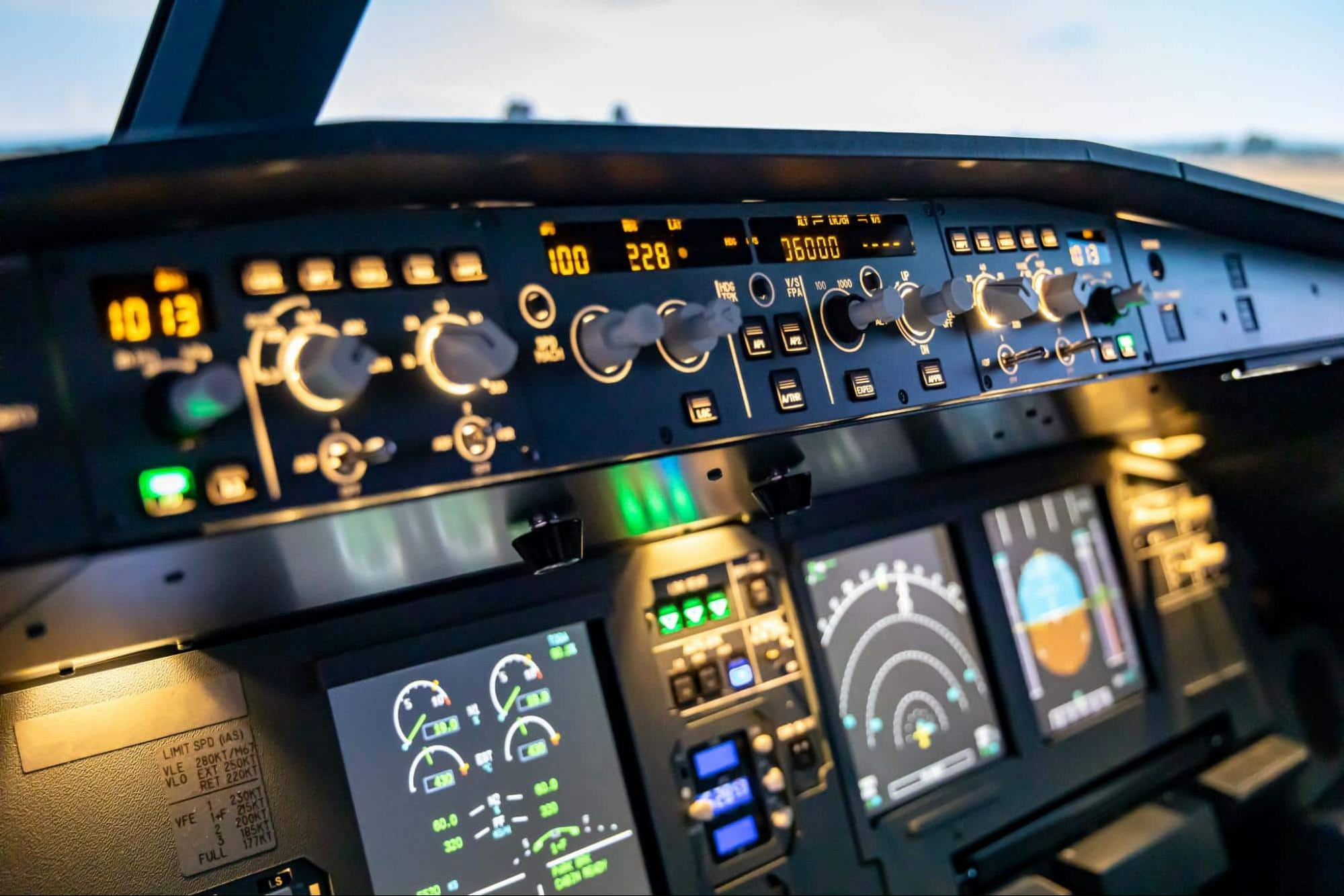Digital transformation is a journey not a destination, just asks the airlines

Jo Maitland
Editor, Transform with Google Cloud
As the airlines take to the skies again they have a chance to reset and focus on a challenge at the heart of their business: providing great customer service.
Airlines are taking to the skies again and they believe digital transformation is an important ticket to their recovery. Many are also keenly aware that chasing bright, shiny objects is not innovation. New technology solutions can be a quick fix and provide some relief, but what’s harder and more valuable is tackling a problem at the heart of their business.
The pandemic forced the airlines to rethink and rebuild many systems, in particular transforming how they communicate with customers, provide support and build loyalty.
“They need to recapture the human element in the service they deliver,” according to John Strong, professor of finance and economics at the William & Mary School of Business. He believes the steep drop in cost of travel and subsequent increase in passengers flying over the past few decades has been dehumanizing for travelers. The feeling of being in “cattle class” is real, he said.
“The pandemic spurred [the airlines] to rethink their operational standards to make the business more customer-focused.” Strong said right now customers are willing to pay more for air travel than we’ve seen in a long time, potentially loosening the stranglehold that low prices have had on the industry. “Airlines can respond in more creative ways,” he said.
Digital transformation is a journey not a destination
From its earliest days, the airline industry has embraced data, but to become contemporary and compete more effectively, they need to embrace new concepts, according to Ravi Simhambhatla, managing director, industrial & transport, Google Cloud. He cautioned this doesn’t mean the latest shiny database or analytics tool. A veteran CTO of the airline industry, Simhambhatla has seen his share of tech solutions come and go.
Just like retail and other industries that moved fast to harness the power of data, the airlines’ data infrastructure has become very siloed. “Every department has their own software system and they don’t speak to each other, which means different teams struggle to share data,” Simhambhatla said. He gave an example of a commercial team developing a new route but finding out at the eleventh hour that it’s not viable because of a lack of aircraft staffing on that route. “Commercial teams make decisions that the operations team can’t support because they are unaware of the constraints,” he said.
He described one approach to solving this problem, which is the concept of a “data mesh” architecture that allows for ingestion of data from all sources, connecting the dots across the organization so that business and operations teams can make smarter decisions, faster.
Through 2025, 80% of organizations seeking to scale digital business will fail because they do not take a modern approach to data and analytics governance,
Gartner, Inc
Evolution of the airline industry’s digital transformation
From the Cold War paranoia of the SAGE system, through SABRE and into the cloud, the airline industry has always been on the bleeding edge of transformation. The evolution from the mainframe systems of SABRE to on-premises infrastructure has given way to airlines adopting artificial intelligence (AI) and multi-cloud strategies to improve customer service.
South African airline Comair migrated six labor-intensive, on-premise data centers to Google Cloud and is now better placed to build a data foundation to apply AI and machine learning to analyze customer data in a deeper way, creating more personalized products and services for customers. “The digital measures we’ve put in place have helped drive a post-lockdown recovery,” said Avsharn Bachoo, CIO, Comair.
Even Sabre itself, the progenitor of it all, operates in a multicloud environment, with Google Cloud as its backbone. In 2020, the Sabre Corporation signed a 10-year partnership with Google Cloud. The partnership helps Sabre improve its technology infrastructure and capabilities, drives a new framework for innovation, and uses Google Cloud’s tools to optimize the travel and booking experience for its customers.
The partnership led to the launch of Sabre Travel AI late in 2020, an AI tool designed to enable airlines and other travel partners to improve their retailing and digital customer experience strategies. By delivering the right offer, at the right time across all relevant channels, they will be better positioned to provide tailored personalization to travelers that should drive higher conversion rates and build traveler loyalty. Sabre Travel AI is one of the travel industry’s first full-fledged AI platforms in the cloud for optimizing and personalizing the travel experience for customers across the globe. Cathay Pacific Airways is a great example of a customer using the solution to modernize its fare management system to offer customers the right fare at the right time.
AI chatbots book and rebook flights
American Airlines is also still innovating. Over the last several years, one of the world’s largest airlines has been able to improve its customer experience through the use of cloud-native tools and apps. The airline built and released its Dynamic Rebooking app, which provides vital information and control to customers when travel plans are disrupted and helps them with choices in rebooking their flight.
Like all industries, airlines are undergoing the process of IT modernization and digital transformation to drive more efficient operations and better frameworks from which to innovate. But they are also experimenting with new technologies to improve the traveler experience, especially in the areas of booking and rebooking, and customer service.


For example, Malaysia Airlines worked with Google Cloud and its IT partner Amadeus Hospitality to build a chatbot to “open another channel for customers to ask the airline questions, book and pay for flights, and view itineraries.” AirAsia also uses Google Cloud to improve customer service through chatbots.
Environmental demands
The airlines face an added challenge in responding to demands that the industry move faster to lower its carbon footprint. The pressure, which started before the pandemic, has only increased in recent months. The International Air Transport Association (IATA) recently accelerated its goals, setting a target to reach net zero emissions by 2050.
Projects are underway to hit and hopefully exceed these targets. For example, Chevon, Delta Airlines and Google Cloud have an initiative to test emissions from sustainable aviation fuel (SAF) made from feedstocks, such as used cooking oil and animal fat.
Cooking oil fueling planes? Computers talking to travelers? And predicting the future? The thousands of engineers who built the SAGE and SABRE systems could only dream of that kind of functionality (and they did). But that type of innovation has become table stakes in today’s hyper-competitive airline industry, which has to serve the millions of travelers who have become accustomed to digital tools and solutions provided to them in everyday life. Especially coming out of the uncertainty and chaos of the pandemic, the cloud and digital transformation gives airlines a chance to reset the table and significantly upgrade their systems, and get back to providing great customer service.



